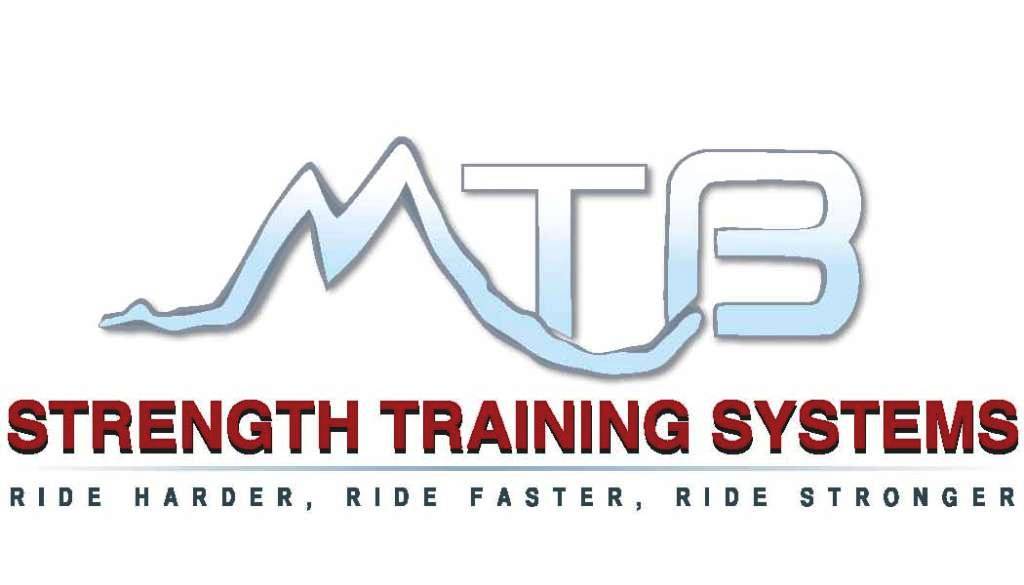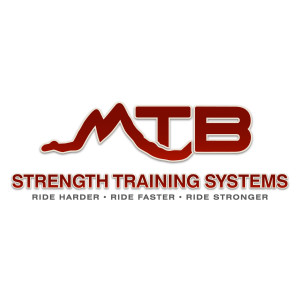
One of my favorite guys to hear speak in the fitness industry is Gray Cook, one of the guys behind the Functional Movement Screen. Gray has an amazing way of putting complex concepts into simple, easy to understand terms that I really admire.
The other day I was driving around listening to a recorded presentation he had done when he dropped another gem -
Perception drives movement function and movement function drives perception.
This is a very profound concept that I have understood for a while but had trouble explaining to riders. It is so important, though, because it explains how your equipment and bike set up can negatively change how you perform without you even realizing it.
This blog post is a combination article/ podcast. I have posted my notes from my podcast below, you can read them and get a good feel for what I am trying to explain. However, I get into more detail on the podcast and I encourage you to listen to it first before drawing too many conclusions from the notes.
- How your brain interprets things will determine how you are able to move.
- How you are able to move will determine how your brain inteprets things.
- Ties into the Physical and Mental Confidence concept of how your brain percieves things will affect your mental confidence.
- Your brain interprets things on 2 levels 1) conscious and 2) sub-conscious.
- The first is what you actually think/ what the voice in your head is telling you.
- The second takes place below our conscious percpetion and there is no way that we know exactly what it is thinking, however what it is thinking has an effect an what we are thinking and how we can perform.
- Example:
Imagine that I ask you to do a regular squat with your feet shoulder width apart, weight distributed evenly on your feet and standing on a solid surface.
Now imagine that I ask you to do a squat with your feet in the same position but now I want you to balance on the balls of your feet and to stand on a surface with no lateral friction.
I’m sure you can imagine yourself having a much harder time with the second scenario. No matter how much your practice and how comfortable you are in that position your brain will percieve the less stable position and shut down the strenght and power to the legs – you will never be able to produce as much strength or power in the second scenario.
The only thing that changed was the brains perception of where you were in space and how stable you were. So your peception drove your movement function (how well you could squat).
- Example 2:
Imagine that I have a rider who wants to learn how to jump on his bike. Right now he has no hip hinge – he can’t touch his toes and is unable to drive movement from his hips and not his lower back.
I can explain to him all day long how to jump but because he lacks the fundamental movement needed to drive the skill it will feel and seem impossible to him. Because of this, small jumps will intimidate them because of the lack of consistency and general feeling of not being balanced in the air.
Now, imagine that this rider has spent a few weeks (or months) working on their hip hinge and can not effectively move their hips forward and backwards while keeping a neutral spine. This time when they hit the jumps things will feel different. They will feel more consistent with their take-offs and stable in the air.
This increases their confidence and they end up seeing small jumps as relatively easy instead of intimidating. Suddenly the step up in the jump line doesn’t look as death defying as it once did. The process repeats intself until you are sailing over 40 footers with the greatest of steez…
- In both examples yoru performance was affected more by how you subconsciously percieved the situation and how you were able to move than anything else.
- One the bike you see this in a few areas…
1) Clipless pedals. These are like balancing on your toes and standing on a suface with no lateral fiction (essentially what pedal float is). I did a podcast interview with barefoot training expert Andy Clowers where he explained how the restrictions placed on the foot by clipless pedal shoes, the unnatural interface seen with pedal float and forefoot position all contributed to the brain perceiving a lot of bad things and shutting down balance and power as a result. The subconscious perception of your brain-foot connection will make it harder to shift the hips back, stand up to pedal and to remain stable when standing up to brake or descend.
2) Long stems. Pulling your shoulders so far forward slows down your steering, and makes the bike less stable when descending or standing up to pedal. Again, perception driving movement quality. The unbalanced position is recognized by your brain on a subconscious level and effects how well you can manuever your bike in all but the seated climbing position – which is the worst position for you to base your mountain bike set up on.
3) Too much seated pedaling. Most riders come into mountain biking with poor core strength, weak and dysfunctional hips and bad posture. Because of this standing up to pedal feels hard. However, once you address those weaknesses and learn how to apply better movement to the bike you will find that standing up doesn’t feel nearly as hard. In fact, it can become your go-to pedaling position when you need to climb or lay down power. In this case your movement quality drove your perception. When the movements your needed to stand up and pedal weren’t there it felt extremely hard but once you improved your movement quality your could get into more efficient positions and it didn’t feel as hard.
That’s it for now, hope this post and podcast gave you something to think about. Make sure that you aren’t unknowingly holding yourself back by messing with your subconscious perception and movement function and you’ll find riding to be a much more enjoyable experience.
Until next time…
Ride Strong,
James Wilson
More Episodes
 2009-11-25
2009-11-25
 14.9k
14.9k
 2009-11-20
2009-11-20
 11.6k
11.6k
 2009-11-13
2009-11-13
 3.1k
3.1k
 2009-11-06
2009-11-06
 3.8k
3.8k
 2009-10-23
2009-10-23
 1.4k
1.4k
 2009-10-16
2009-10-16
 2.3k
2.3k
 2009-09-17
2009-09-17
 1.8k
1.8k
 2009-09-11
2009-09-11
 1.5k
1.5k
 2009-07-28
2009-07-28
 1.7k
1.7k
 2009-06-19
2009-06-19
 1.6k
1.6k
 2009-06-06
2009-06-06
 1.3k
1.3k
 2009-05-30
2009-05-30
 1.9k
1.9k
 2009-05-25
2009-05-25
 2.2k
2.2k
 2009-05-11
2009-05-11
 1.1k
1.1k
 2009-04-22
2009-04-22
 1.4k
1.4k
 2009-04-14
2009-04-14
 1.5k
1.5k
 2009-04-10
2009-04-10
 1.3k
1.3k
 2009-04-01
2009-04-01
 862
862
 2009-03-27
2009-03-27
 851
851
 2009-03-10
2009-03-10
 1.3k
1.3k
Create your
podcast in
minutes
- Full-featured podcast site
- Unlimited storage and bandwidth
- Comprehensive podcast stats
- Distribute to Apple Podcasts, Spotify, and more
- Make money with your podcast
It is Free
- Privacy Policy
- Cookie Policy
- Terms of Use
- Consent Preferences
- Copyright © 2015-2024 Podbean.com




